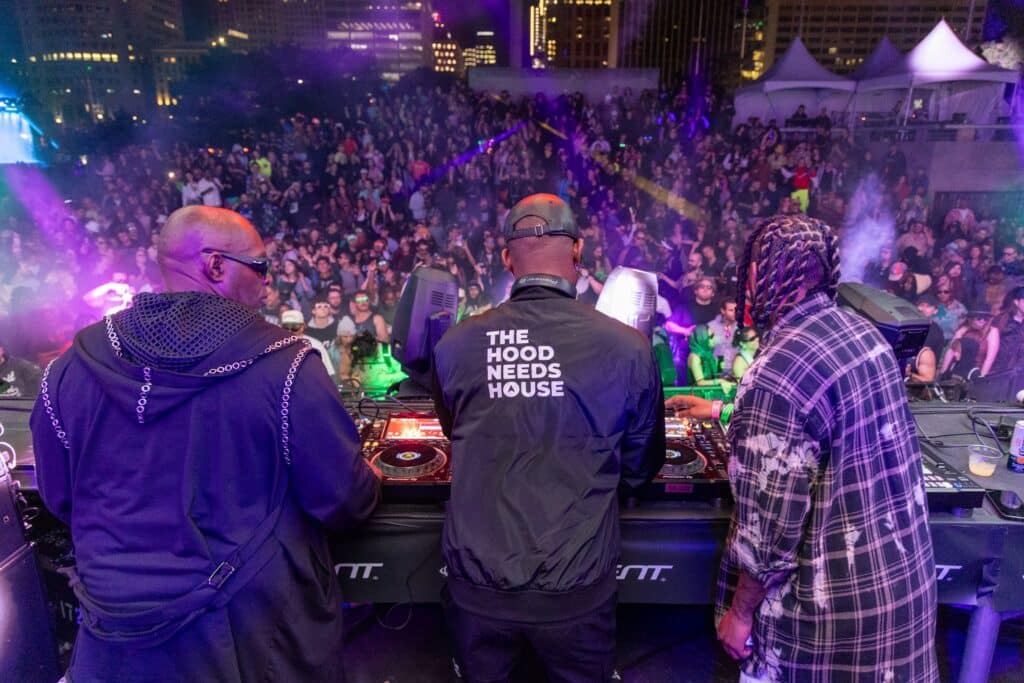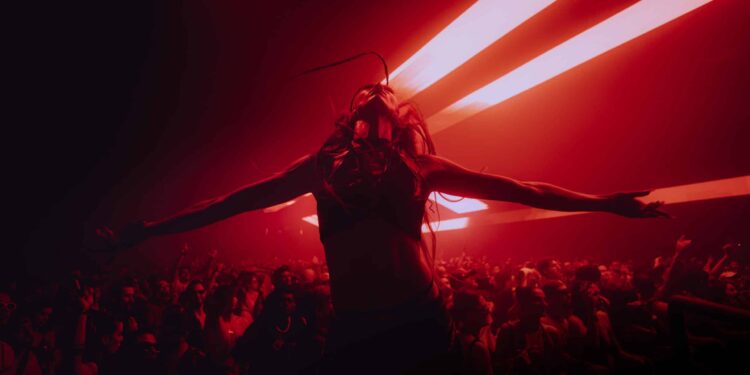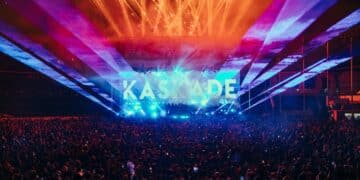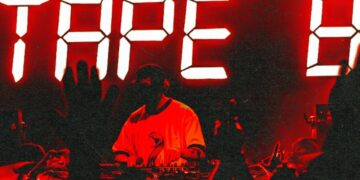Movement Detroit remains steadfast in its unapologetic commitment to the representation of women, Black and LGBTQ+ voices.
As a young, queer Black kid struggling with my gender identity while growing up in a predominantly white, Midwestern community, I leveraged an already bustling interest in music as a way to fit in. In the summer of 2005, my brother gave me a dance music album as a high school graduation present. This simple gift would send me on a life-affirming path, spending countless hours listening to electronic dance music and absorbing the culture around it.
On a summer morning in 2011, a YouTube video popped up in my feed and introduced me to Carl Cox. And it was Cox who introduced me to techno and, by extension, Movement Detroit.
Techno’s emphasis on rhythm and percussion over melody quickly made it my favorite genre. The futuristic themes and science fiction references attracted the nerd in me. And, as I dug deeper into the history of techno and its cultivation, I discovered the strong connection to Black and queer communities. I finally felt a genuine sense of belonging.

Detroit’s “white flight,” history of anti-LGBTQ+ rhetoric, and other sociopolitical hardships were catalysts in the creation of techno.
This is but one of countless reasons that Movement Detroit has always held a special place in my heart. For the past 25 years, the festival has honored its longstanding pledge of representing women, Black and queer folks, starting in Detroit. But event organizer Paxahau could not have delivered on this promise at a more crucial moment.
As the Trump administration’s policies continue to threaten the rights and dignity of immigrants, women, Black and LGBTQ+ individuals, more than half of the acts on this year’s lineup featured artists that were Black, queer and/or identify as a woman. One performer even identified as a horse.

From a purely cosmetic perspective, attendance for the first two of the three day festival seemed lighter than usual.
In previous years, Detroit’s neighbors from across the pond made up a substantial number of festival-goers. So, this perceived dip in attendance was to be expected, given this year’s stricter border enforcement policies. But, it’s also worth noting that the morale inside Hart Plaza was at its peak — every day.
There was a noticeable absence of phone screens during performances throughout the weekend, something that’s come to be expected at Movement. Without obtrusive visuals or high-budget animations, crowds at each stage were focused on dancing and being present with their friends and the artists. The no-frills, stripped-down stage production gave fans the opportunity to form a genuine connection with each artist and their music.
This isn’t to say that stage production was subpar by any means. Psychedelic visuals by VJ Kevin Jackson were an added bonus for Seth Troxler‘s midday set. As he sent us down the rabbit hole, the colorful blobs of Troxler’s face bouncing to the rhythm complemented his energy without stealing our attention. Movement’ Detroit’s audio engineers must have superpowers. Sound at every stage was impeccable with barely noticeable bleed between stages. Pulling that off and improving every year is a feat that warrants applause.

Festival-goers seeking high-energy, hard-hitting techno kept the Underground stage packed.
Henry Brooks and HorsegiirL fans squeezed their way to the front of the dark, concrete jungle, hoping for a chance to witness two of the festival’s highlight sets. Both artists brimmed with charisma and fed off the crowd’s energy. This give and take between artist and fan served as a great example of the steadily rising popularity of harder styles of techno and dance music.
Anfisa Letyago, MK, Sara Landry, and Dennis Ferrer‘s performances were unforgettable, with each artist showcasing not only their keen ear and music taste, but also their personality. As they played many of their well-known hits, the audience sang along, dancing and smiling together with each DJ.

Each year, Movement Detroit vibes become increasingly more intimate.
Maybe it’s watching the rawness of the live performances — sometimes even witnessing mistakes — that remind us each artist is human. Or, maybe it’s the dedication to representation and diversity in the lineup which satisfy our collective desire to be seen. This subsequently attracts a wider audience and brings a unique energy to Movement Detroit that may not be as palpable at other major festivals. Whatever the reason, seeing someone on stage that looks like me, achieving success in an overwhelmingly white industry, is inspiring.
This year’s festival felt more important than ever. Despite rising costs, unpredictable international travel, and an alarming global political climate, Movement Detroit 2025 stood strong as an impervious celebration, uniting people from all walks of life. Without a doubt, techno — the musical spirit of resistance, community, and diversity — is alive, thriving and only getting stronger.








